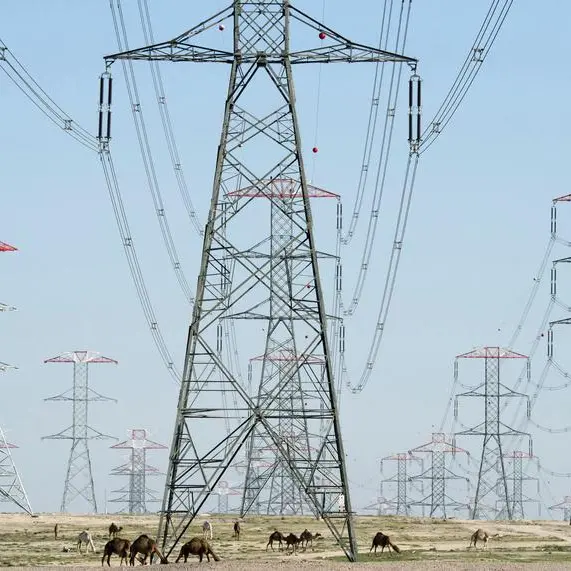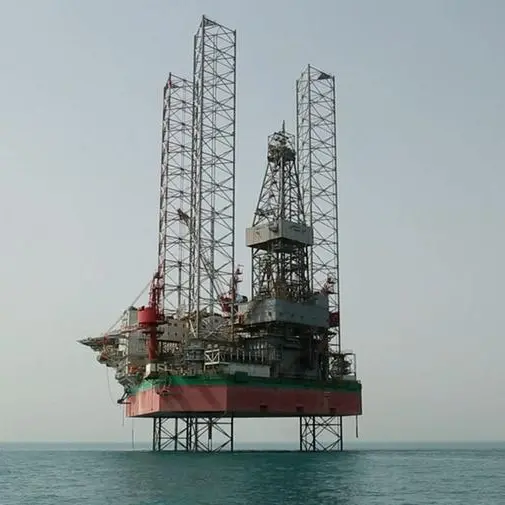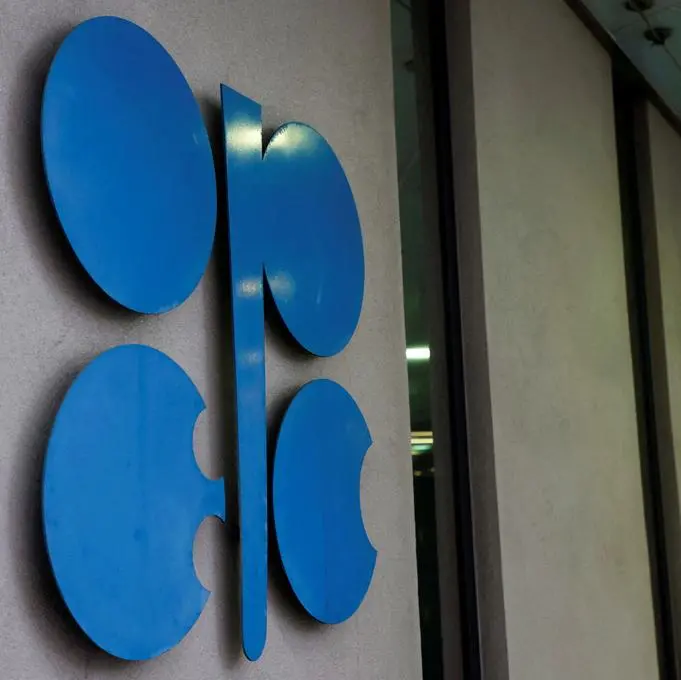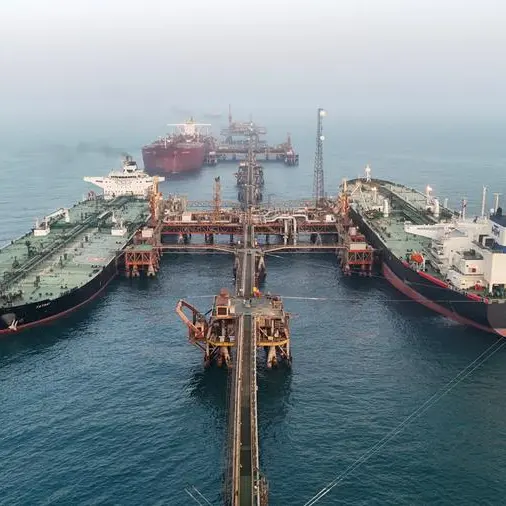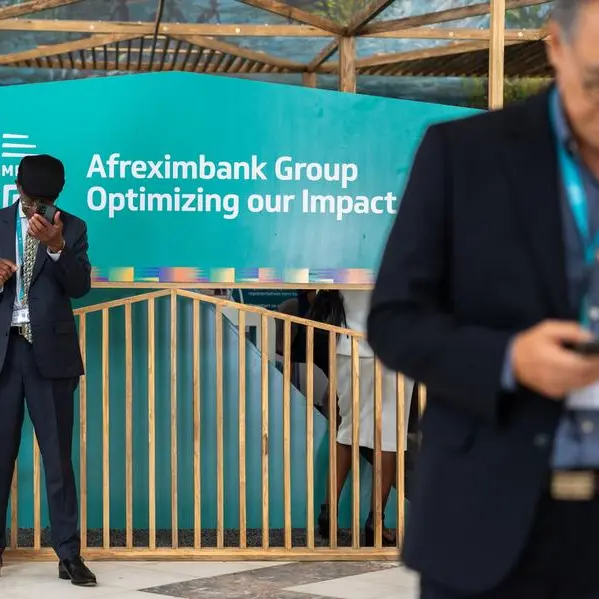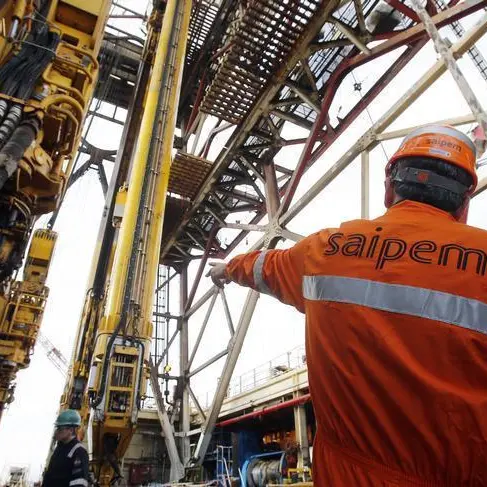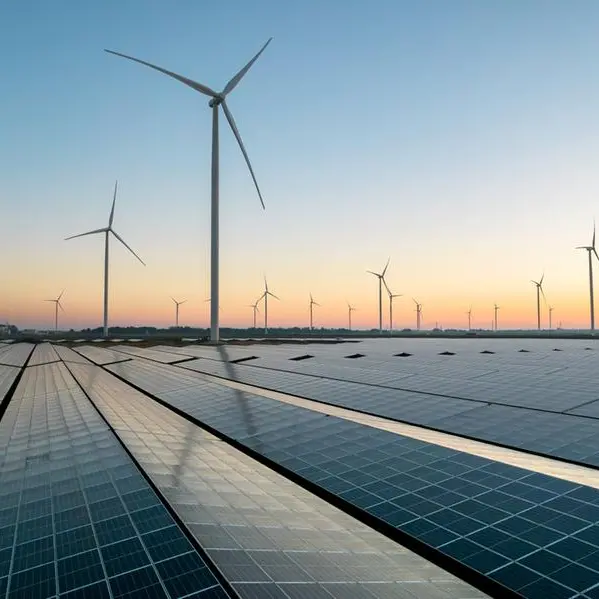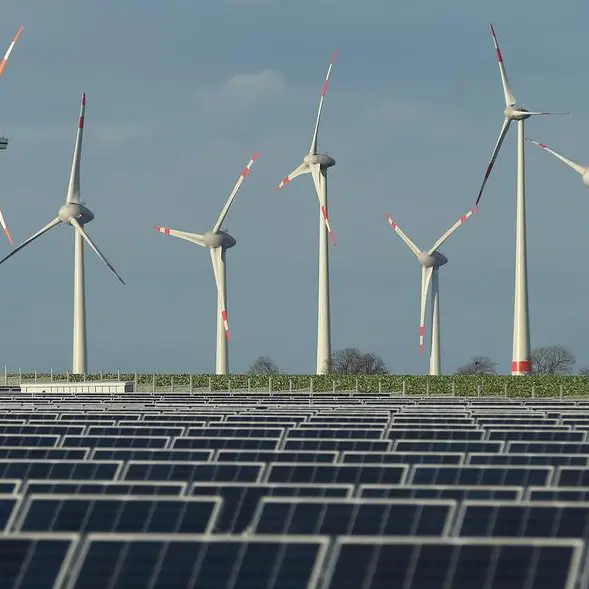PHOTO
The global energy transition needs $35 trillion in investment by 2030 in order to succeed, and annual investments need to be quadruple their current level for this change to happen.
The Abu Dhabi-based International Renewable Energy Agency said bold, transformative measures are needed to reflect the urgency of the need to prevent global temperatures rising by more than 1.5 degrees Celsius.
The agency said although global investment in energy transition technologies reached a new record of $1.3 trillion in 2022, yearly investments must more than quadruple to over $5 trillion to stay on the 1.5C pathway.
By 2030, cumulative investments must amount to $44 trillion, with transition technologies representing 80% of the total, or $35 trillion, prioritising efficiency, electrification, grid expansion and flexibility.
In a new report, IRENA said investment and comprehensive policies must grow renewables and instigate the structural changes required for predominantly renewables-based energy transition, as the scale and extent of change falls far short of what is needed.
Progress has been made, notably in the power sector where renewables account for 40% of installed power generation globally, contributing to an unprecedented 83% of global power additions in 2022, IRENA said.
“But to keep 1.5C alive, deployment levels must grow from some 3,000 gigawatt (GW) today to over 10,000 GW in 2030, an average of 1,000 GW annually. Deployment is also limited to certain parts of the world,” the report said.
“China, the European Union and the United States accounted for two-thirds of all additions last year, leaving developing nations further behind.”
Director-General Francesco La Camera said: “Pursuing fossil fuel and sectoral mitigation measures is necessary but insufficient to shift to an energy system fit for the dominance of renewables.
“The emphasis must shift from supply to demand, towards overcoming the structural obstacles impeding progress,” he said.
La Camera said there were three priority pillars of energy transition, the physical infrastructure, policy and regulatory enablers, and well-skilled workforce, requiring significant investment and new ways of cooperation.
He said a fundamental shift in the support to developing nations must put more focus on energy access and climate adaptation. Multilateral financial institutions need to direct more funds, at better terms, towards energy transition projects and build the physical infrastructure that is needed to sustain the development of a new energy system.
The UAE’s biggest lender, First Abu Dhabi Bank (FAB) announced earlier this month that it was the first MENA bank to set greenhouse gas financed emission reduction targets for oil and gas, aviation and power generation industries, with oil and gas targeted to reduce annual emissions by up to 15%, power generation by 64% and aviation by 15%.
It also announced that the UAE’s Minister for Climate Change and Environment had been appointed as a board member.
(Writing by Imogen Lillywhite; editing by Seban Scaria)

